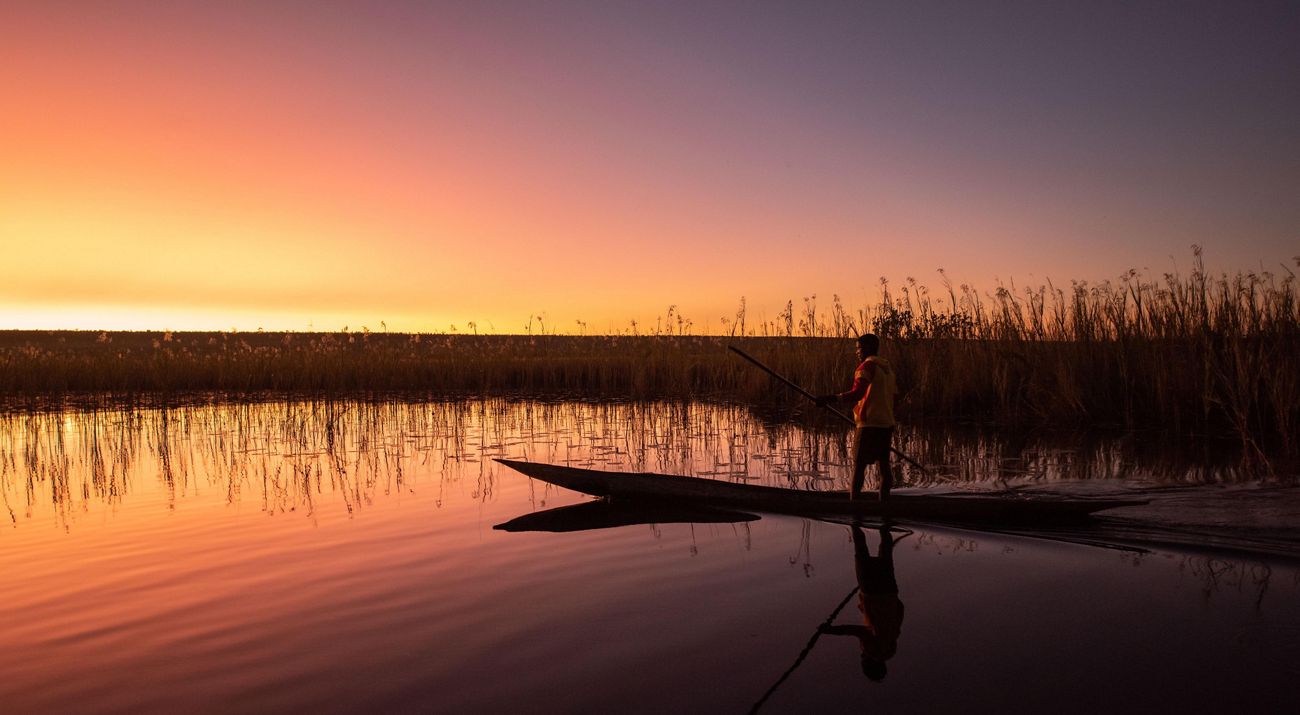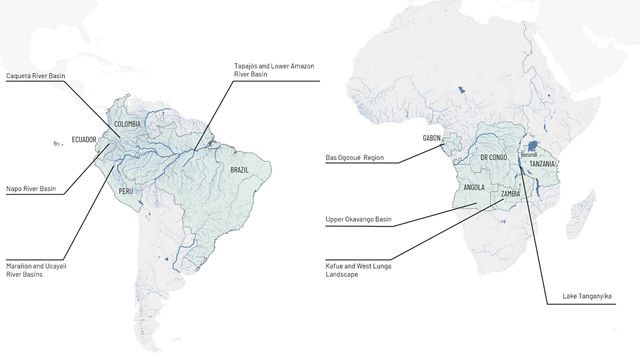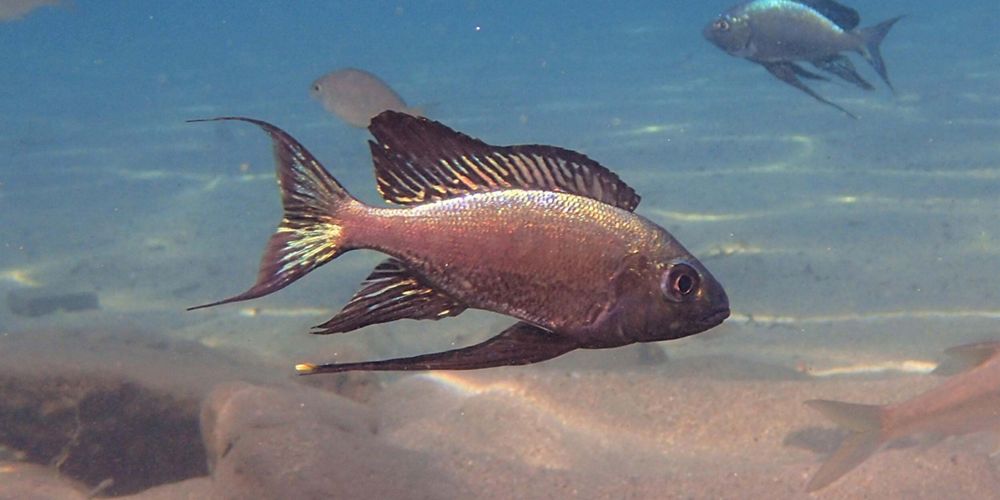Where We Work

TNC’s Community-Led Conservation of Freshwater and Fisheries program works in 10 basins across Africa and Latin America — in places where traditional communities, Indigenous Peoples and local residents are uniquely positioned to manage and restore the health and biodiversity of their local freshwater ecosystems.

This map displays the location of freshwater fisheries projects globally as of April 2025. Specifically, in South America it shows the Caquetá River Basin, the Napo River Basin, the Marañón and Ucayali River Basins, and the Tapajós and Lower Amazon River Basin. In Africa it shows the Bas Ogooué Region, the Upper Okavango Basin, the Kafue and West Lunga Landscape, and Lake Tanganyika.
These are places that are home to freshwater species that cannot be found anywhere else in the world and where fish are a vital source of nutrition. By working in a variety of freshwater systems (rivers, lakes, source water, downstream habitat) and social contexts (cultural, political, economic), we learn where and how fishery co-management practices can best succeed. These learnings inform the development of practical tools aimed at contributing to a global effort. Freshwater fishery practitioners from around the world can use the tools, like those found in our Resource Hub, to help manage freshwater fisheries sustainably and equitably.
Explore our work
Explore our work in closer detail and discover the ways we’re collaborating with communities to improve their tenure security over their natural resources, bolster ecologically compatible economic opportunities and enhance the health of declining freshwater ecosystems — for people and nature.
